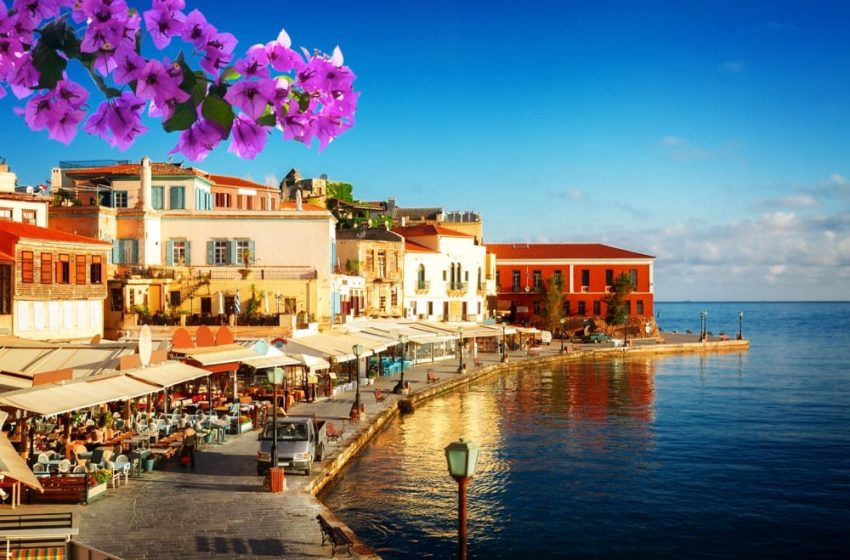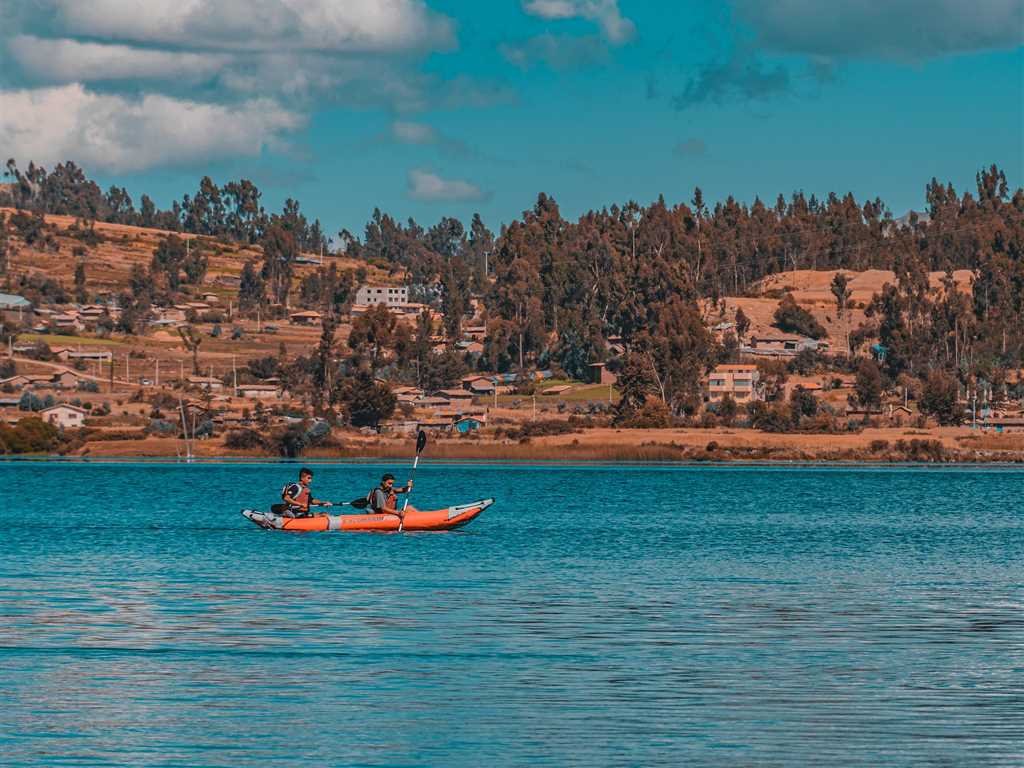Top 10 Historical Sites to Visit in Crete

Crete, the largest of the Greek islands, is not only renowned for its beautiful beaches and stunning landscapes but also for its rich history and ancient landmarks.
Steeped in mythology, Crete was home to the Minoan civilization, the oldest recorded civilization in Europe, and has been shaped by a blend of Greek, Roman, Byzantine, Venetian, and Ottoman influences over the centuries.
If you’re planning a trip to this captivating island, here’s a guide to the top 10 historical sightseeing Crete that should be on your itinerary.
1. Knossos Palace
Knossos is arguably the most famous archaeological site in Crete, and it was the heart of the Minoan civilization around 2000 BC. Located near the capital, Heraklion, the Palace of Knossos is a vast complex filled with grand courtyards, ceremonial chambers, and intricately painted frescoes. According to Greek mythology, Knossos was home to King Minos and the legendary Labyrinth, where the fearsome Minotaur was said to reside.
Visiting Knossos allows you to explore the grandeur of the Minoans and get a sense of how advanced this ancient society was, from their architecture to their art.
2. Heraklion Archaeological Museum
Located in Crete’s bustling capital, the Heraklion Archaeological Museum houses the world’s most significant collection of Minoan artifacts. If you want to immerse yourself in Crete’s ancient history, this museum is a must-visit. Highlights include the Phaistos Disc, stunning frescoes from Knossos, and an array of ceramics, jewelry, and tools that showcase the Minoans’ artistic and technological achievements.
A visit to the museum is the perfect complement to touring Knossos, offering deeper insights into the Minoan civilization and its impact on European history.
3. Phaistos Palace
For those interested in more Minoan history, Phaistos Palace is another essential historical site. Located in southern Crete, Phaistos was the second-largest Minoan palace after Knossos and offers a quieter, more relaxed exploration experience. The palace ruins are set on a hill, providing stunning views of the surrounding Messara Plain.
Phaistos is famous for the discovery of the Phaistos Disc, a mysterious artifact covered in undeciphered symbols. The site is a fantastic place to explore Crete’s Minoan past while enjoying the island’s natural beauty.
4. Spinalonga Island
Once a Venetian fortress and later a leper colony, Spinalonga Island near Elounda is one of Crete’s most unique and moving historical sites. The island’s fortress was built to protect the region from pirate attacks and Ottoman invaders, but in the early 20th century, it became a refuge for those suffering from leprosy.
A boat trip to Spinalonga offers a fascinating glimpse into a forgotten chapter of Crete’s history. As you walk among the abandoned buildings and fortifications, you’ll get a sense of the resilience and courage of the people who once lived there.
5. Rethymno Fortezza
Dominating the skyline of Rethymno is the imposing Fortezza Fortress, built by the Venetians in the 16th century to defend the town against Ottoman forces. The fortress offers spectacular views of the sea and the town below, and within its walls, you’ll find remnants of Venetian architecture, including a church, bastions, and storage facilities.
A stroll through the fortress is a step back into the Venetian period of Crete’s history, providing a glimpse of the island’s military past and its strategic importance in the Mediterranean.
6. Arkadi Monastery
The Arkadi Monastery is a symbol of Crete’s fight for independence and freedom. Located near Rethymno, this 16th-century monastery became a place of resistance during the Cretan revolt against the Ottomans in 1866. Hundreds of Cretan fighters and civilians sought refuge within its walls, ultimately choosing to die rather than surrender to the Ottomans.
Today, Arkadi Monastery stands as a poignant reminder of the Cretan people’s resilience and sacrifice. Visitors can explore the church, cloisters, and memorials dedicated to those who perished.
7. Chania Old Town and Venetian Harbor
Chania is known for its well-preserved Old Town and Venetian Harbor, which offer a rich mix of architectural styles reflecting the island’s Venetian, Ottoman, and Byzantine history. As you stroll through the narrow, cobblestone streets, you’ll encounter ancient churches, mosques, and the Venetian lighthouse, one of the oldest in the world.
The Nautical Museum in Chania provides insights into Crete’s maritime history, while the Venetian harbor is a picturesque spot to relax and admire the island’s history.
8. Gortyna
Located in the fertile Messara Plain, Gortyna was once one of Crete’s most powerful cities during the Roman period. Gortyna is famous for the Gortyn Code, the oldest known law code inscribed on a stone wall in ancient Greece. Visitors can explore the ruins of Roman baths, an amphitheater, and early Christian churches.
The city’s strategic location and well-preserved ruins offer a fascinating look at Crete during Roman rule, making it a must-visit for history buffs.
9. Aptera
Aptera, near Chania, is another significant archaeological site that showcases Crete’s Hellenistic and Roman past. The ancient city of Aptera was an important trade center, and its ruins include a Roman theater, an aqueduct, and early Christian basilicas. The site’s hilltop location provides breathtaking views of Souda Bay and the surrounding mountains.
Aptera is perfect for those who want to explore ancient Crete while enjoying the island’s stunning natural beauty.
10. Lato
Located near Agios Nikolaos, Lato is a well-preserved Dorian city that dates back to the 7th century BC. Built on a steep hill, Lato offers sweeping views of the surrounding landscape and the Mirabello Bay. The city’s acropolis, stone streets, and fortifications provide a glimpse into life during the Dorian period of Crete’s history.
Lato is a peaceful and lesser-known site that allows visitors to experience the ancient Greek influence on Crete, away from the more crowded tourist destinations.
Conclusion
Crete is a treasure trove of historical sites, each offering a unique glimpse into the island’s multifaceted past. From the grandeur of the Minoan palaces to the fortresses of Venetian rule and the poignant reminders of Crete’s fight for independence, the island’s history is as captivating as its landscapes. Whether you’re a history enthusiast or simply curious about Crete’s cultural heritage, these top 10 historical sites will enrich your understanding of the island and leave you with unforgettable memories.


